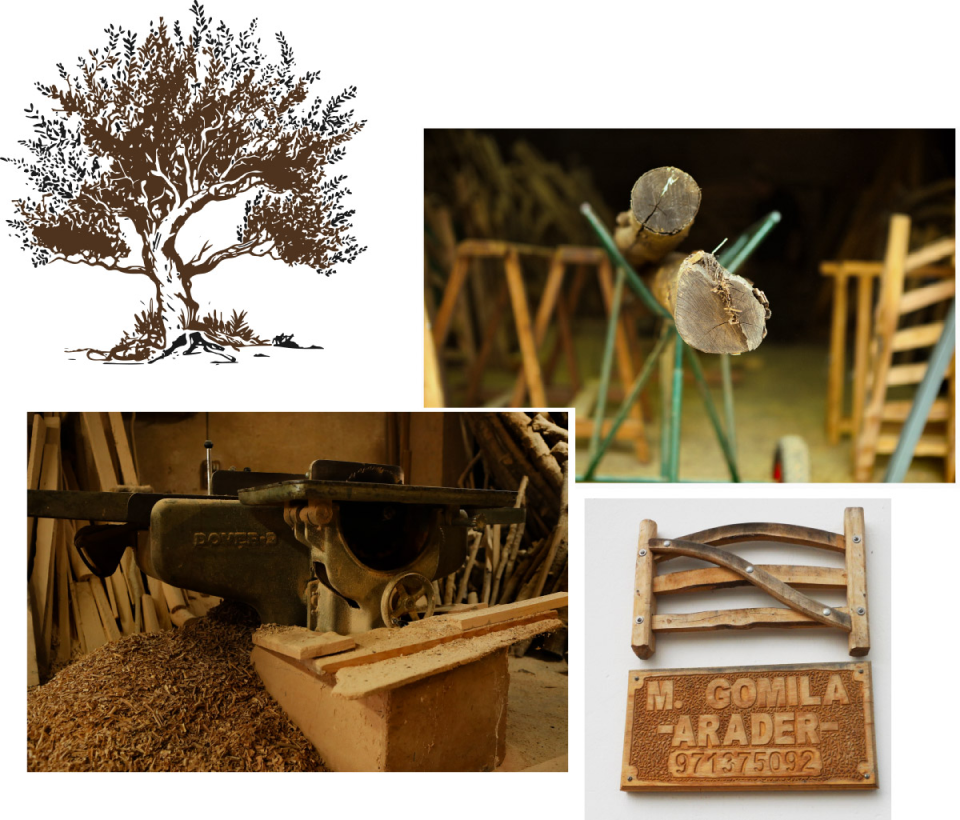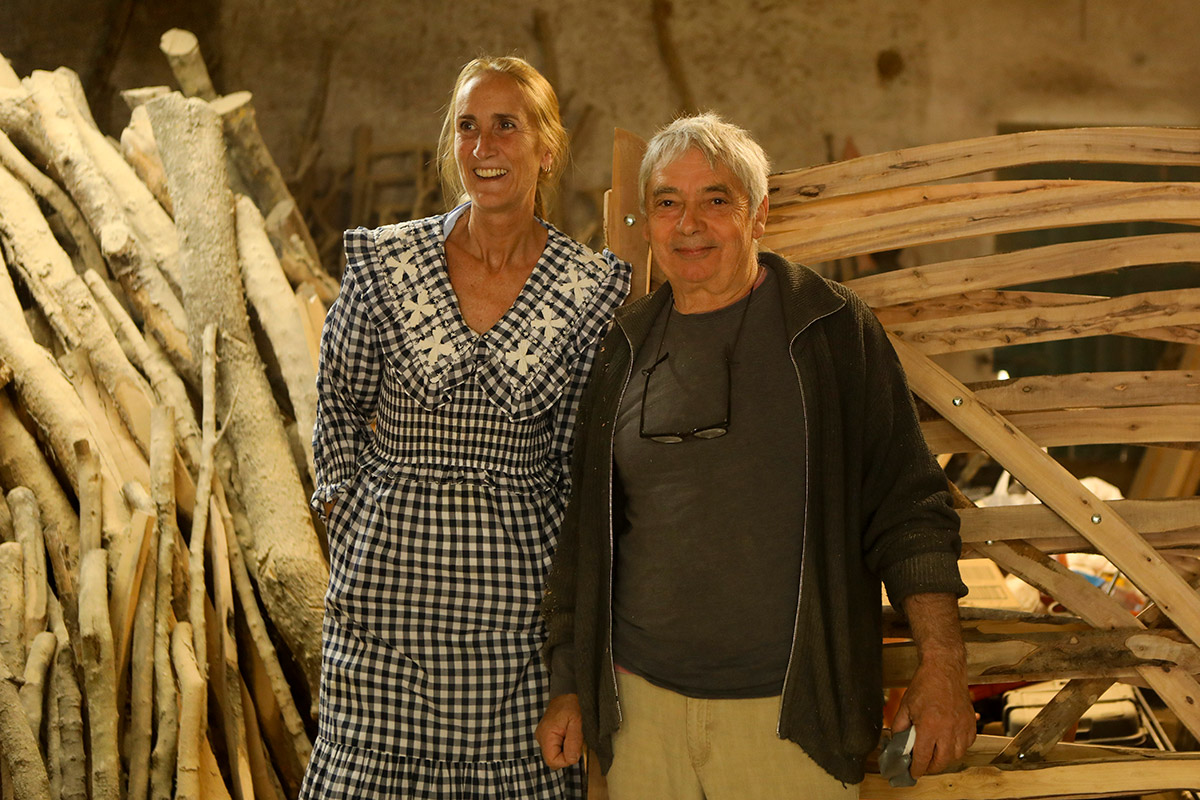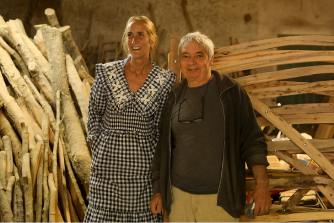
Arader Menorca means many things. Besides being a profession, it represents tradition, craftsmanship, sustainability, history, and culture.
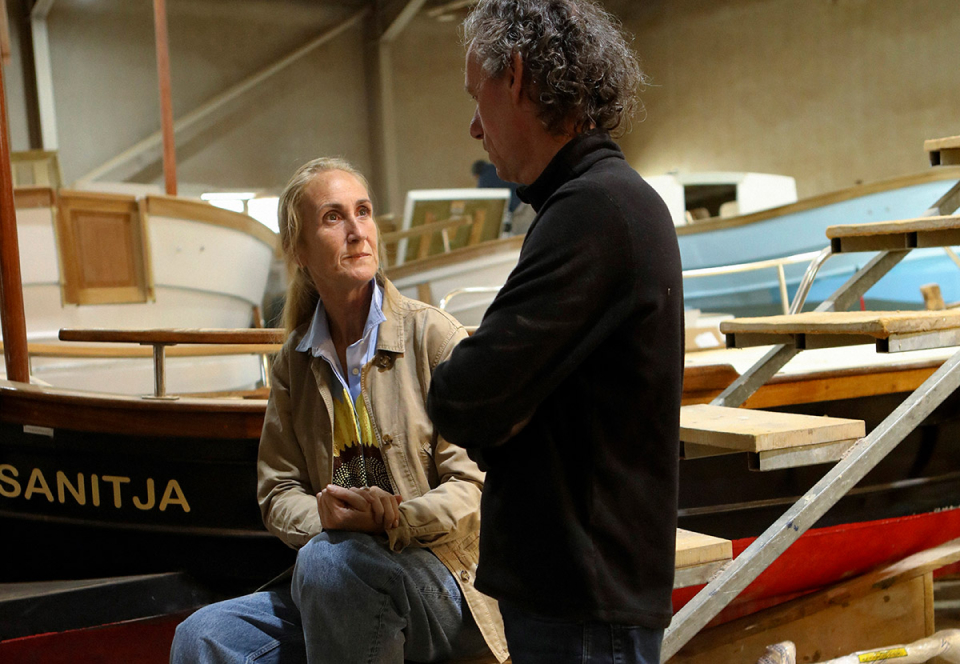
Arader Menorca means many things. Besides being a profession, it represents tradition, craftsmanship, sustainability, history, and culture.
Miguel Gomila is the fourth generation of Arader craftsmen documented in his family. This ancient tradition involves working with the wild olive tree, or acebuche, which is so characteristic and abundant on the island, to enclose and protect livestock and agricultural lands.
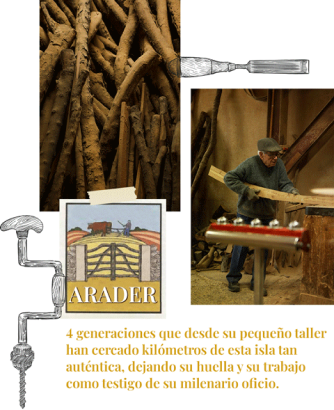
Arader and the Preservation of Tradition.
An ancient craft that continues to this day,
providing the island with one of its most characteristic elements.
Railings, throughout the island, define paths and barriers that open and close access for pedestrians and animals. These natural guides allow us to explore the island via its famous Camí de Cavalls and many other places in Menorca. His work is much more than just a fence or a gate. Each piece tells a story, is 100% handcrafted, and is a piece of Menorca.
Cristine Bedfor
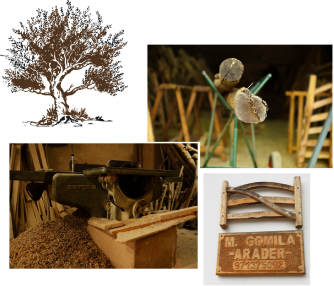

His craft dates to Roman colonization in 123 BC, when they developed the plow, hence the name. Miguel and his family contribute to the appreciation for culture, preservation, and artisanal work that exists in Menorca.
They don’t know how many tons of acebuche they use or how many doors or fences they’ve created because they don’t think in numbers; they focus on doing their work well, always staying true to the traditions and the rich and full history of their paradise.
Arader Menorca means many things. Besides being a profession, it represents tradition, craftsmanship, sustainability, history, and culture.
Miguel Gomila is the fourth generation of Arader craftsmen documented in his family. This ancient tradition involves working with the wild olive tree, or acebuche, which is so characteristic and abundant on the island, to enclose and protect livestock and agricultural lands.
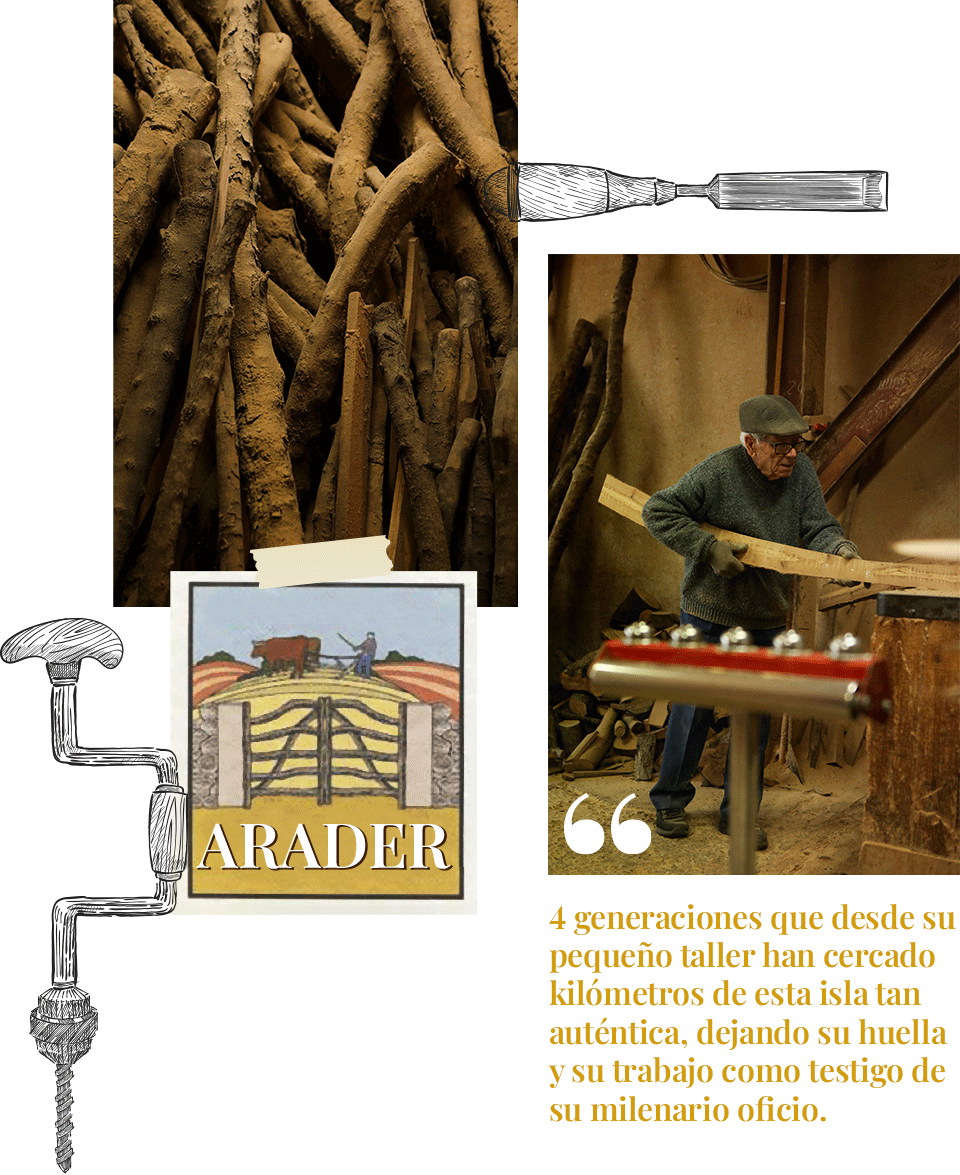
Railings, throughout the island, define paths and barriers that open and close access for pedestrians and animals. These natural guides allow us to explore the island via its famous Camí de Cavalls and many other places in Menorca. His work is much more than just a fence or a gate. Each piece tells a story, is 100% handcrafted, and is a piece of Menorca.
Cristine Bedfor
